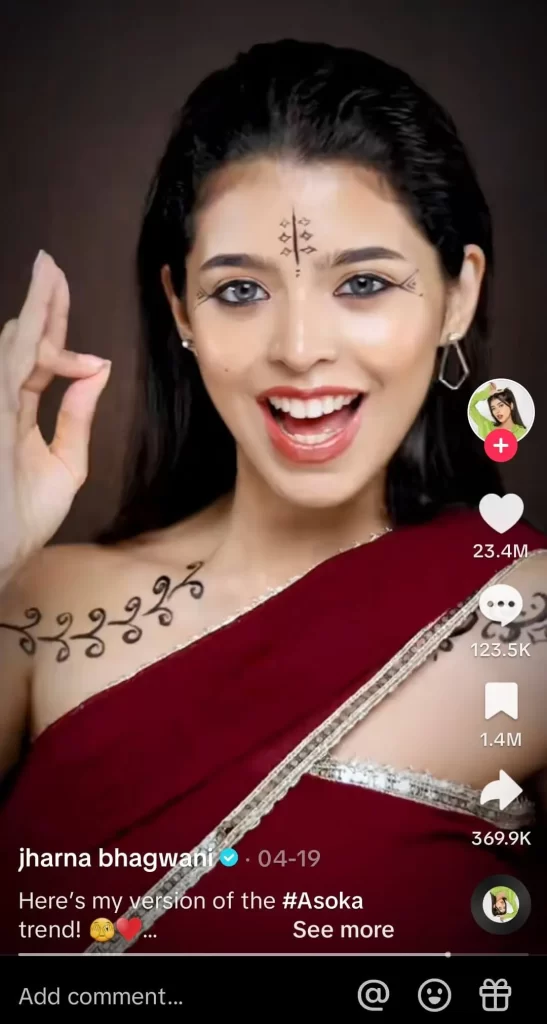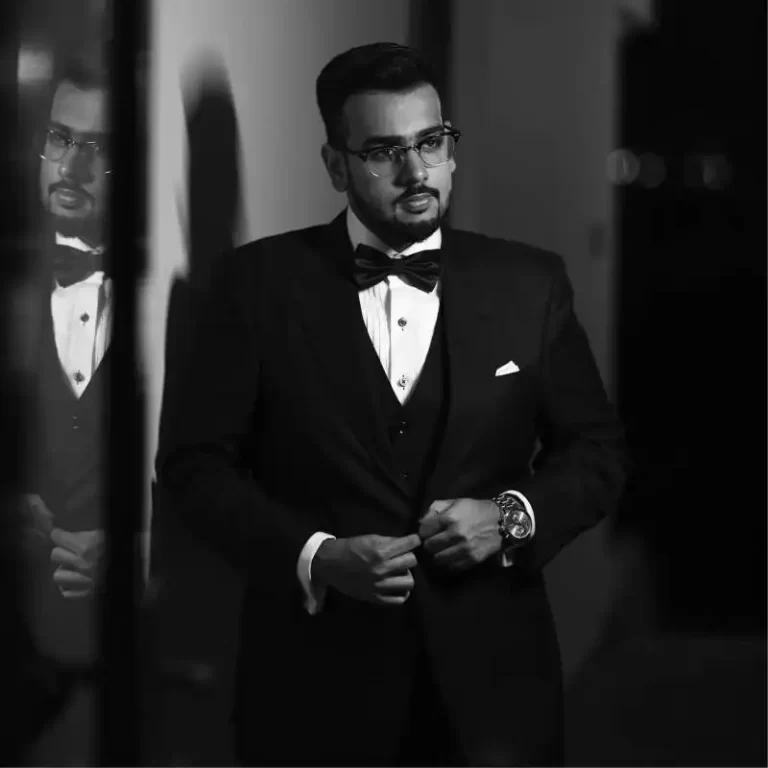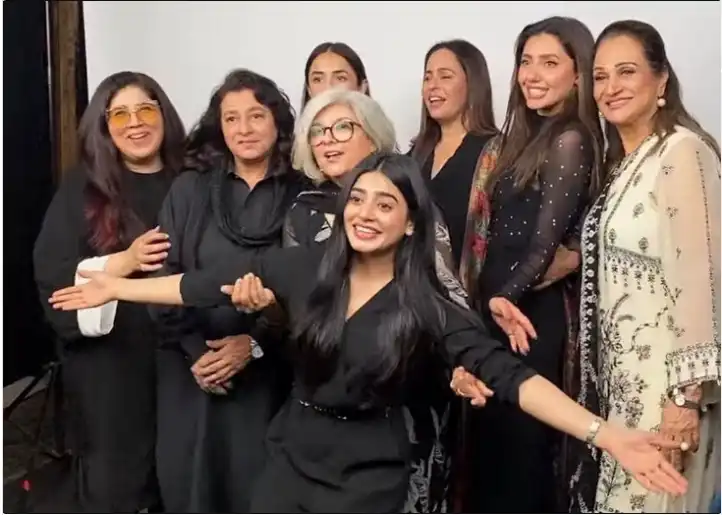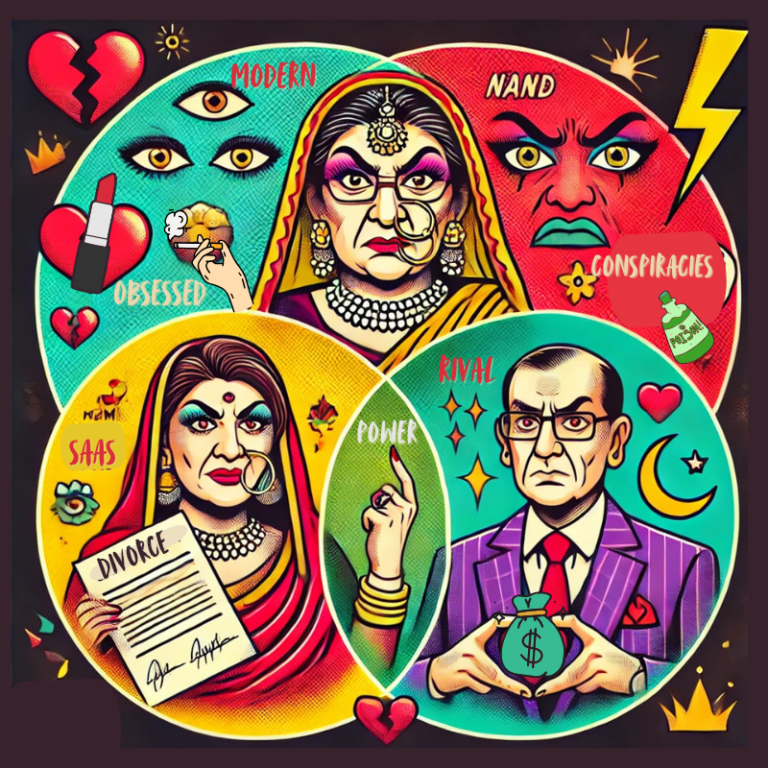TikTok is a fever dream, but BrownTok? That’s a whole other level. It’s chaotic, heartwarming, problematic, hilarious—and at times, profoundly eye-opening. This corner of the app is where brown people—Desis, Arabs, North Africans, and anyone with melanin and trauma from being asked “But where are you really from?”—exist in full, messy glory.
The Rise (and Fall?) of Desi Incels
No internet platform is safe from incels, and BrownTok isn’t an exception. Enter the desi incels—a toxic subset perpetuating misogyny, entitlement, and outdated gender norms. Their rhetoric? “Modern” desi women are abandoning tradition or “selling out” to Western ideals. These creators post rants blaming their romantic failures on women’s “unrealistic standards” while romanticizing a mythical past where women were supposedly more “obedient.”

It’s unsettling, not just for how it targets women but for how it reinforces stereotypes about South Asian culture being regressive and patriarchal. Worse, some creators double down on colorism and casteism, feeding into harmful hierarchies instead of challenging them. BrownTok, for all its brilliance, still has a shadowy underbelly that reflects the work our communities need to do IRL.
Trends That Had Me Hooked
1. Brown Noise
Forget white noise. Brown noise is where it’s at. This trend took the ambient sounds of brown life and turned them into comedy gold. Chai being poured? The clank of a stainless steel tiffin? Distant cricket commentary? Perfectly chaotic. But the best brown noise is bhangra noise – genius!
Watch on TikTok
2. Brown Glow-Ups
Ah, the great shift. . For most on TikTok, the metamorphosis often begins when puberty hits and ends with users celebrating their now moreeurocentric physical attractiveness. It makes sense, brown people were erased, mocked, or pigeonholed into stereotypes in Western media. Then TikTok gave us the glow-up movement. Creators posted before-and-after clips—usually awkward school photos versus their current, chef’s kiss selves—set to trending audio. This inexplicable trend is Desis collectively saying, “Yeah, we’re hot, we know it” but this definition of attractiveness is seriously flawed,

3. The Asoka Makeup Trend
Inspired by the 2001 Bollywood epic Asoka (starring Shah Rukh Khan and Kareena Kapoor), makeup artists recreated South Asian glam looks while vibing to “San Sanana.” These are our high-school goals of kohl-lined eyes, gold accessories, and regal aesthetics. The trend wasn’t just nostalgic; it was transformative. It felt like a global acknowledgment that South Asian beauty was, and always has been, iconic.

4. Cancelling Your Own Race
Not all trends were fun. Some were downright disturbing—like the trend of canceling certain ethnicities in the dating world. TikTok users openly shared why they’d never date brown people. The reasons? Internalized racism, colonial hangovers, and cringe-worthy stereotypes. Watching Desis reject their own communities to pander to a Western gaze was heartbreaking. Yes, we range from “palest pale to the brownest brown,” but seeing this trend made me want to throw my phone into the nearest pressure cooker.

.
TikTok isn’t just about trends; it’s a mirror reflecting the best and worst of our community.
What We Love:
- Cultural Pride: Creators unapologetically showcase food, music, fashion, and traditions. Thirst traps in sherwanis? Yes, please.
- Village Voices: Rural creators are breaking through urban dominance, bringing authenticity and diversity to the platform.
- Representation: BrownTok is challenging stereotypes and proving that South Asians aren’t a monolith.
What We Hate:
- Colorism: Some creators still glorify Eurocentric beauty standards, perpetuating harmful ideals.
- Internalized Racism: Trends like canceling your own race highlight the deep-seated issues within the community.
The question is: do we want representation that’s sanitized for algorithmic approval?
TikTok Loves Brown Creators… Until It Doesn’t
TikTok markets itself as a hub for diverse voices, but the reality? Brown creators often face censorship, especially when addressing racism, colorism, or political issues.
Take the Indian farmer protests. Creators posted powerful videos about solidarity and systemic oppression, but many reported being shadowbanned or their content flagged. Meanwhile, racially insensitive content often thrives unchecked. It’s a stark reminder that algorithms prioritize virality over justice.
And then there’s the flip side: Pakistan and India—the very countries fueling much of BrownTok’s creativity—banning TikTok intermittently, as if suppressing voices will solve the deeply rooted societal issues the platform often lays bare.
Why BrownTok Matters
At its core, BrownTok is about reclaiming the narrative. For too long, South Asians have been boxed into reductive stereotypes: the nerd, the terrorist, the comic relief. TikTok gave us a stage to showcase our complexities.
But representation isn’t just about looking good. It’s about amplifying intersectionality, challenging systemic oppression, and embracing the full spectrum of brown identities. BrownTok is messy, contradictory, and often problematic—but it’s also empowering, hilarious, and deeply human.
Here’s to the BrownTok community: a wild, unpredictable, beautifully brown slice of the internet.




 Saim
Saim 

 Naqsh begins today, taking over the Faraar tim
Naqsh begins today, taking over the Faraar tim







